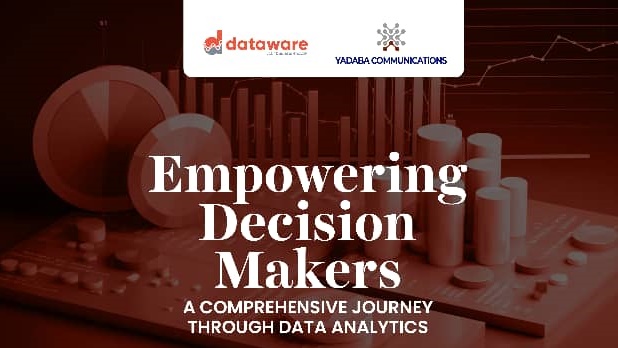
In an era where technology drives business success, making informed tech investment decisions has become crucial for organizations striving to maintain a competitive edge.
Financial analytics lies at the heart of these decisions, guiding companies in choosing the right tech investments or technologies—such as Data Centers, Security Information and Event Management (SIEM) systems, Security Operations Centers (SOC), Cloud Services, Vulnerability Assessment & Penetration Testing (VAPT), and compliance standards like ISO/IEC 27001:2022—that will deliver the best return on investment (ROI) and align with long-term strategic goals of an organisation.
Critical Scope and Aspects of Financial Analytics in Tech Investment
- Financial analytics: Financial analytics involves the use of data analysis methods to evaluate financial performance, predict future trends, and make strategic decisions. In tech investments, it helps organizations assess the viability, profitability and risks associated with various technological assets to meet the organization’s goals and objectives.
- Categories of analytics:
- Descriptive analytics: This provides insight into historical performance, explaining what has taken place to understand trends and patterns. For example, analysing past investment returns in SOCs or SIEM systems. This analytics answers the question, “What happened?”
- Diagnostic analytics: This follows descriptive analytics and precedes predictive analytics. It involves correlation, root cause analysis, and comparative analysis, among others, which help to understand the critical factors driving performance. It answers the question, “Why did it happen?”
- Predictive analytics: This involves forecasting future outcomes based on historical data. For example, predicting the ROI of investing in a new data centre. This also answers the question, “What could happen?”
- Prescriptive Analytics: This suggests and recommends optimal courses of action based on the analysis. It might specify increasing investment in VAPT due to rising cybersecurity threats within a sector. This answers the question, “What should be done?”
- Measuring performance with analytics: Dashboards and Key Performance Indicators (KPIs) are essential tools in financial analytics, allowing stakeholders to monitor performance in real time. For example, a dashboard could track the cost-efficiency of a data centre investment or the impact of implementing a new SIEM system. This real-time data is crucial for making critical decisions and adjustments to help meet the organization’s goals.
Costs and benefits of analytics in tech investment
- Costs:
- Implementation: The initial setup of analytics tools can be costly, including software, training, and integration with existing systems.
- Maintenance and upgrades: Ongoing costs for maintaining and updating analytics systems are necessary to ensure optimal performance
- Benefits:
- Informed decision-making: Financial analytics provides insights that help in making well-informed investment decisions, reducing the risk of costly mistakes.
- Optimized resource allocation: By analysing the potential ROI and risk factors, organizations can allocate resources more efficiently.
- Competitive advantage: Companies that leverage financial analytics in their tech investments gain a competitive edge by optimizing their technological infrastructure and staying ahead of industry trends.
Analytics tools for tech investment
Several tools are available to assist organizations in making tech investment decisions. Some include:
- Power BI: Microsoft’s Power BI integrates seamlessly with other Microsoft products, offering advanced analytics and powerful visualization tools with AI enhancement for real-time decision-making.
- Tableau: Known for its data visualization capabilities, Tableau helps organizations create interactive dashboards that can display key financial metrics.
- SAS financial management: This provides enterprise-scale financial planning, consolidation, and reporting, essential for maximizing tech acquisitions.
- Oracle Financial analytics: This tool is for financial performance management in larger enterprises, offering pre-built dashboards and reports.
Detriments of neglecting analytics in tech investment
Failing to consider financial analytics when making tech investments can have dire consequences:
- Increased risk: Without proper analytics, organizations may overlook critical financial risks, leading to poor investment decisions that could result in significant losses.
- Missed opportunities: Analytics can reveal potential investment opportunities that might not be apparent otherwise. Neglecting this insight could mean missing out on profitable ventures.
- Inefficient resource allocation: Without timely data-driven insights, organizations may misallocate resources, investing too much in underperforming areas while neglecting opportunities that are more promising.
A strategic imperative
Incorporating financial analytics into tech investment decisions is not just a best practice—it is a strategic imperative. By harnessing the power of data, organizations can navigate the complexities of tech investments, ensuring they maximize value and stay ahead of the competition. Neglecting this critical component can leave businesses vulnerable, missing out on opportunities or misallocating resources, with significant consequences.
The post The role of financial analytics in tech investment appeared first on The Business & Financial Times.
Read Full Story












Facebook
Twitter
Pinterest
Instagram
Google+
YouTube
LinkedIn
RSS